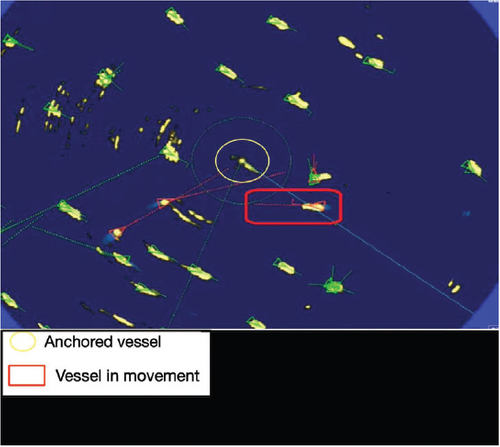202550 A sitting target
A tanker in ballast was at anchor in a congested anchorage with a depth of around 90–100 metres.
The OOW noticed a vessel underway approaching ahead at about 3 knots and on what appeared to be a collision course (see diagram).

The Master came to the bridge and together with the OOW they attempted to communicate with the approaching vessel. The engines were ordered, and the ship’s horn was used to attract attention but to no avail. The approaching vessel did not respondand continued its manoeuvre, coming ever closer.
The vessel had 10 shackles on deck, but options were limited. Paying out more anchor cable would have caused the vessel to move aft, thereby closing with another vessel at anchor.
Port traffic control also tried to contact the moving vessel, but to no avail. Some 18 minutes after being identified as on a collision course, the moving vessel struck the anchored vessel on its port bow. Minor damage was sustained at the port forward bulwarks and associated brackets connected to the forecastle deck.
Lessons learned
- An attentive anchor watch is just as important as a watch underway. In this case, however, it still could not prevent the turn of events that was beyond the control of the anchored vessel.
- Information from the moving vessel was unavailable to the contributor - it is assumed the team on the bridge wished to acnhor to port and behind the already anchored vessel.
- When in a crowded anchorage or other situations that require delicate manoeuvring, call tugs to assist.
